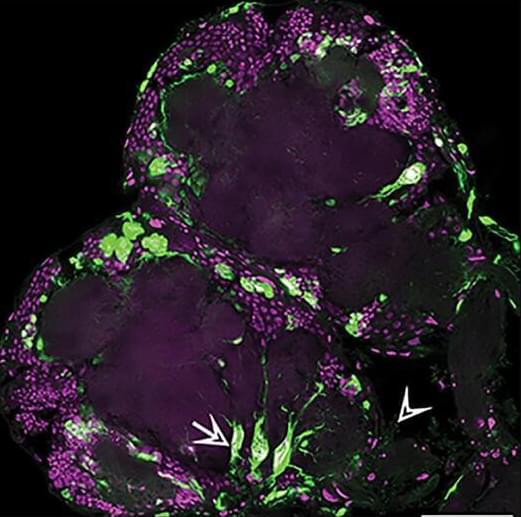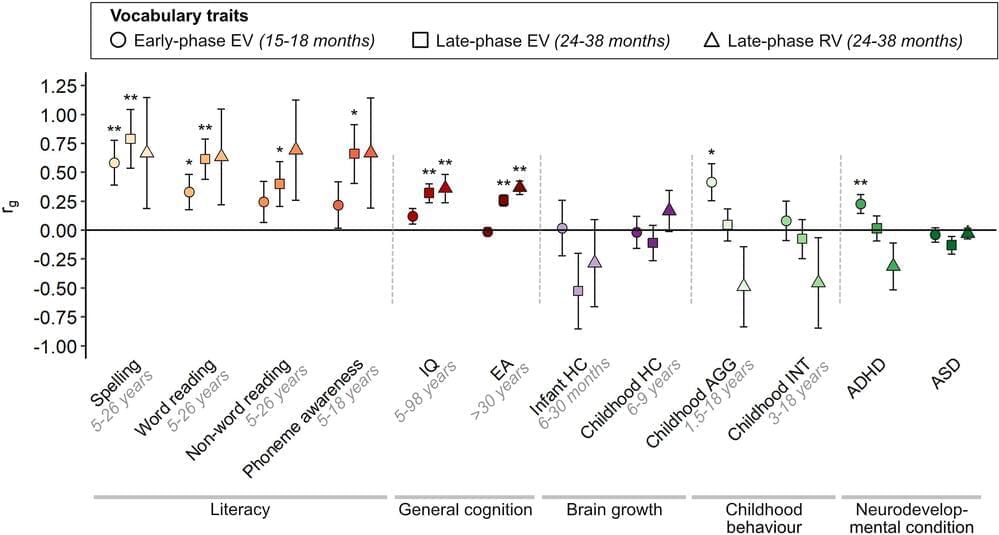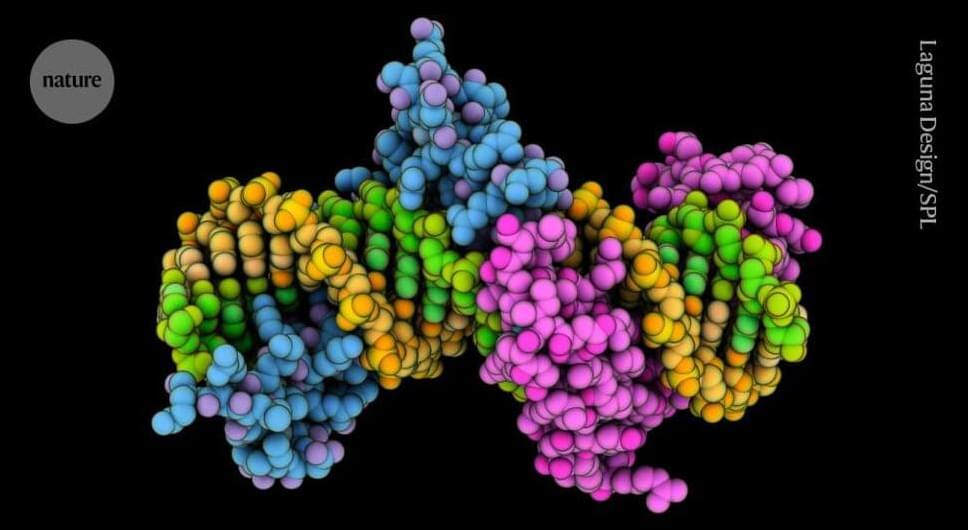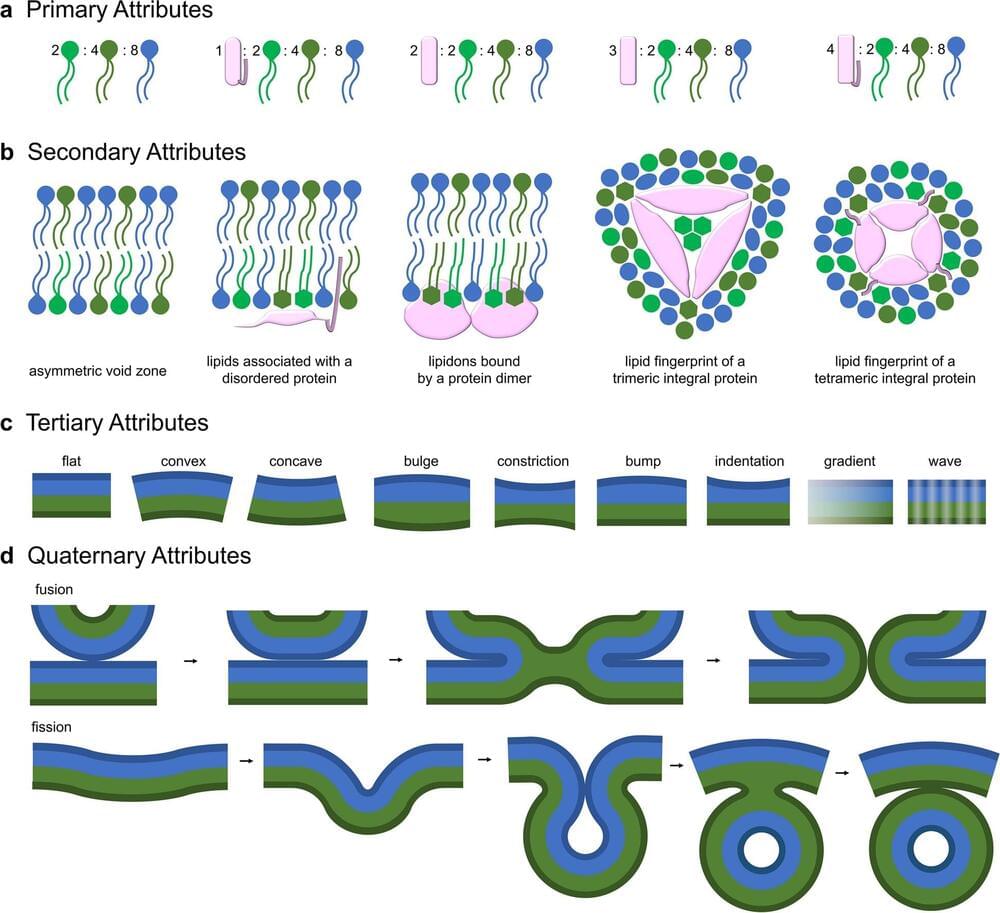Professor Ronjon Nag presents about his project on AI and healthcare, aiming at creating a multi-faceted approved therapy for extending lifespan and curing aging.
Dr. Ronjon Nag is an inventor, teacher and entrepreneur. He is an Adjunct Professor in Genetics at the Stanford School of Medicine, becoming a Stanford Distinguished Careers Institute Fellow in 2016. He teaches AI, Genes, Ethics, Longevity Science and Venture Capital. He is a founder and advisor/board member of multiple start-ups and President of the R42 Group, a venture capital firm which invests in, and creates, AI and Longevity companies. As an AI pioneer of smartphones and app stores, his companies have been sold to Apple, BlackBerry, and Motorola. More recently he has worked on the intersection of AI and Biology. He has numerous interests in the intersection of AI and Healthcare including being CEO of Agemica.ai working on creating a therapy for aging.
Please note that the links below are affiliate links, so we receive a small commission when you purchase a product through the links. Thank you for your support!
=*=*=*=*=*=*=*=*=*=*=*=*=*=*=*=*=*=*=*=*=*=*=*=*=*=*=*=*=*=*=*=*=*=
~*~ ProHealth, DoNotAge, RenueByScience~*~ Discount Coupon CODE: REVERSE
🌏ProHealth Longevity 15% OFF All Products https://prohealth.pxf.io/REVERSEAGING
Trans-Resveratrol 500mg Caps https://prohealth.pxf.io/TransResvera…
TMG Pro Powder (100 grams) https://prohealth.pxf.io/TMG100
Calcium AKG 500mg Caps https://prohealth.pxf.io/CaAKG
Full Spectrum Apigenin https://prohealth.pxf.io/apigenin.
Green Tea EGCG Extreme https://prohealth.pxf.io/
Berberine Pro 600 mg Caps https://prohealth.pxf.io/Berberine.
🧬 DoNotAge 10% OFF All Products http://tinyurl.com/wk688hav.
Pure Vitamin D3, K2 \& Magnesium http://tinyurl.com/ywxx3j7c.
Pure Spermidine http://tinyurl.com/yc2xbp65 Pure Fisetin http://tinyurl.com/3vhtt7a3
SIRT6 Activator http://tinyurl.com/mss7vrrn.
🔬Renue By Science 10% OFF All Products https://bit.ly/3pAFwDY





